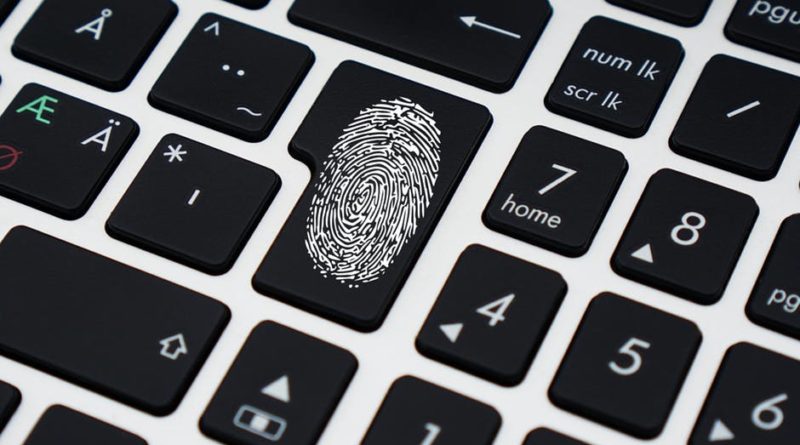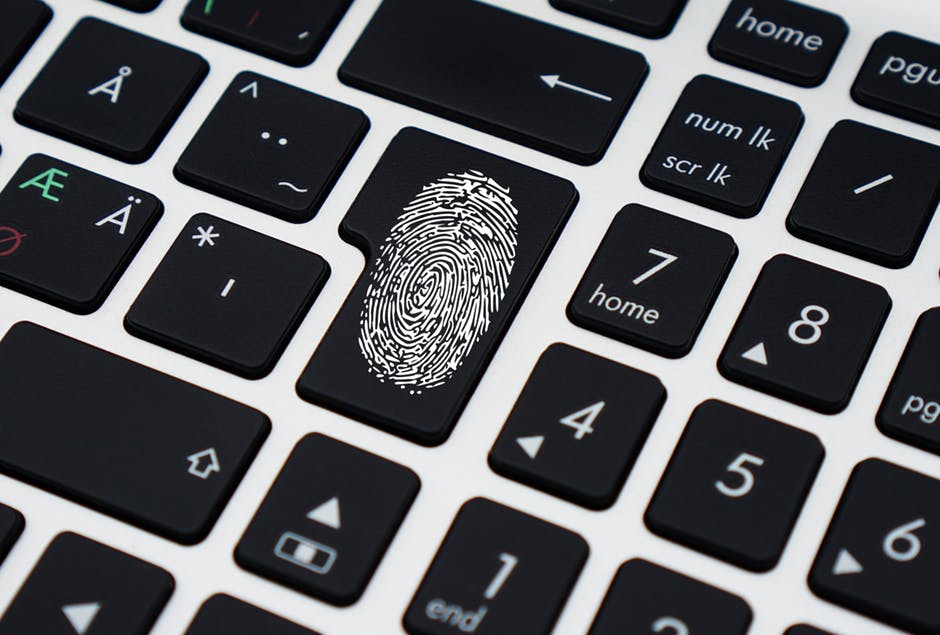Logging Data of a Biometric Identity Management Solution
Security is the number one concern of most businesses today. No matter the size of the organization, without security measures, the entire reputation of the company is at risk. Every day there seems to be yet another media report of a company-wide breach in security, whether that means the loss of customer data or valuable information.
With biometric identity management solutions, it’s essential to take your security seriously. Biometric identity management is a solution for analyzing identifiable patterns to recognize biometric features, such as fingerprints or facial recognition. Because biometric identity information is so specific to individuals, this is often confidential information.
It’s time to embrace extra security measures for your biometric information. Using a management solution is a must, but you can’t stop there. Logging needs to take place to ensure you’re able to identify problems early, and that these problems can be solved when they do happen. More importantly, logging your data will equip you to prevent attacks and to cut down on breaches in security.
Why Your Data Security Matters
First, let’s address why security needs to be at the forefront of your biometric identity solution. Biometric solutions are already becoming a fact of life in our modern society. From our smartphones to new organizational features, these capabilities are the new normal. This is good news.
For starters, biometric signatures are unique. No two fingerprints are exactly alike, and this makes it easier to control who has access to your data or company data. Biometrics are also accurate, and this is quickly becoming a foolproof technology solution. Even more important, people trust biometrics. They’re a convenient way to keep people and organizations safe without long-term costs or complicated measures.
However, this isn’t a one-size-fits-all solution. On its own, these management solutions come with some system limitations. For instance, what if your features are modified or someone steals your identity. These things aren’t the norm, but that doesn’t mean they can’t happen. That’s where logging comes in. It’s an extra line of defense for keeping your business secure when it matters most.
The Power of Data Logging in Biometrics
Data logging sounds complicated, but it’s simply the process of collecting and storing data over any period of time. What’s the significance of this data? In essence, it shows data trends, network trends, and the overall IT environment in a way that’s easy to review. This information is stored either on a local or remote cloud, and it can be monitored in real-time with a tool like Loggly.
While the day-to-day process of data logging for a biometric management solution might not seem significant, it becomes invaluable when problems occur. For instance, data logging can help identify a security breach before they happen. Auditing staff is able to respond to alerts, strengthen security measures, and trace suspicious activity.
It’s not yet possible to anticipate the future, but with data logging, your organization can get a lot closer to doing just that. It’s all about adding an extra layer of security for when those unavoidable problems do happen.
The Future of Biometric Security
As biometric solutions continue to become more popular, organizations will need to develop ways to utilize these technologies in their current systems. While many solutions are already built to adapt quickly to different systems, that doesn’t mean logging isn’t still a powerful security tool.
All businesses should be logging their data, especially biometric data, to ensure there is a clear strategy for solving problems quickly. A breach in data could be catastrophic to your organization’s reputation. That’s a risk you don’t want to take.












